Project Aims to Increase Habitat for Threatened Maui Honeycreeper
A new relocation project on Maui aims to increase habitat for the threatened Kiwikiu, Maui Parrotbill bird. The Kiwikiu is considered the most threatened among Maui’s honecreepers, with fewer than 300 left in the wild.
With its entire population restricted to high elevation, wet, rain forest on windward Maui, Kiwikiu are highly vulnerable to extinction. Officials say the establishment of a second population on leeward Haleakalā is considered by experts to be essential to Kiwikiu recovery.
Dr. Hanna Mounce is the Coordinator of the Maui Forest Bird Recovery Project said, “The Kiwikiu population in the native forest on the windward side of Maui is being managed in every way possible. Fences are up to keep ungulates out but introduced predators and avian diseases are still a threat and as long as the entire population is restricted to one area the species will remain vulnerable to extinction. Without a second population, it is only a matter time before we lose this critically endangered species.”
To recover Kiwikiu, the Maui Forest Bird Recovery Project and the DLNR Division of Forestry and Wildlife have been working with government and landowner partners to restore the native forests to the leeward slopes.
The conservation translocation is expected to begin in October or early November.
Scott Fretz, DOFAW Maui Branch Manager and one of the co-authors of the 2006 Recovery Plan said, “We are really excited to begin this phase of the work to recover and I cannot emphasize enough the importance of the many partners that are working with us on this – communities, governments, landowners, non-profits, and volunteers. If we are successful, and that’s still a big if, because new threats are always possible it will be because these partners have worked tirelessly to save the ecosystems on which the Kiwikiu depend.
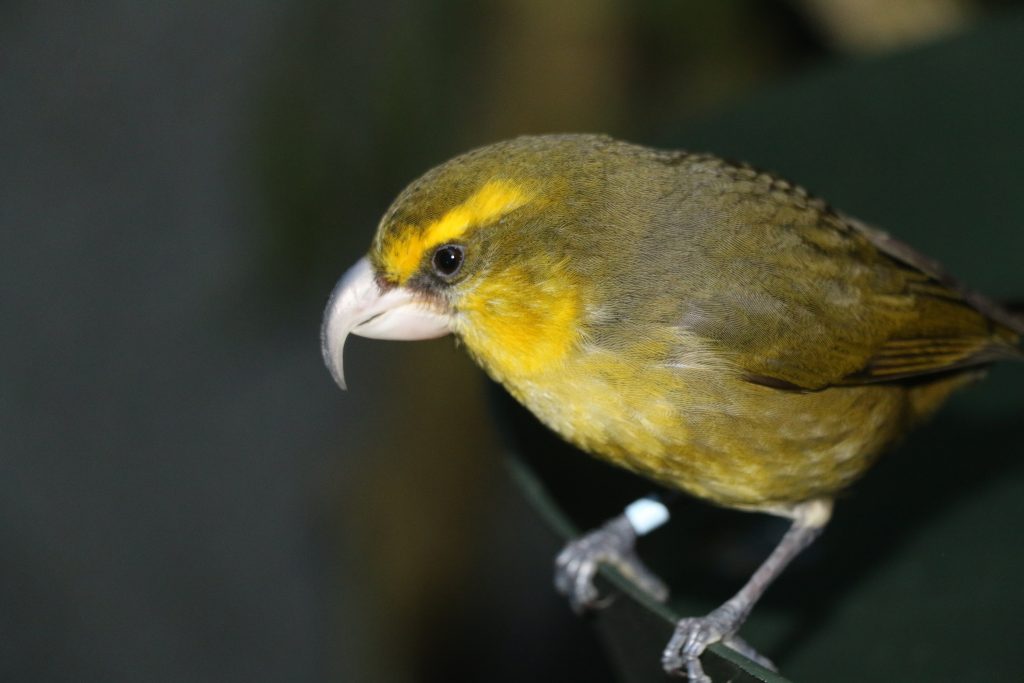
Photographs – Kiwikiu at Maui Bird Conservation Center. Photo courtesy: Hawai’i DLNR.
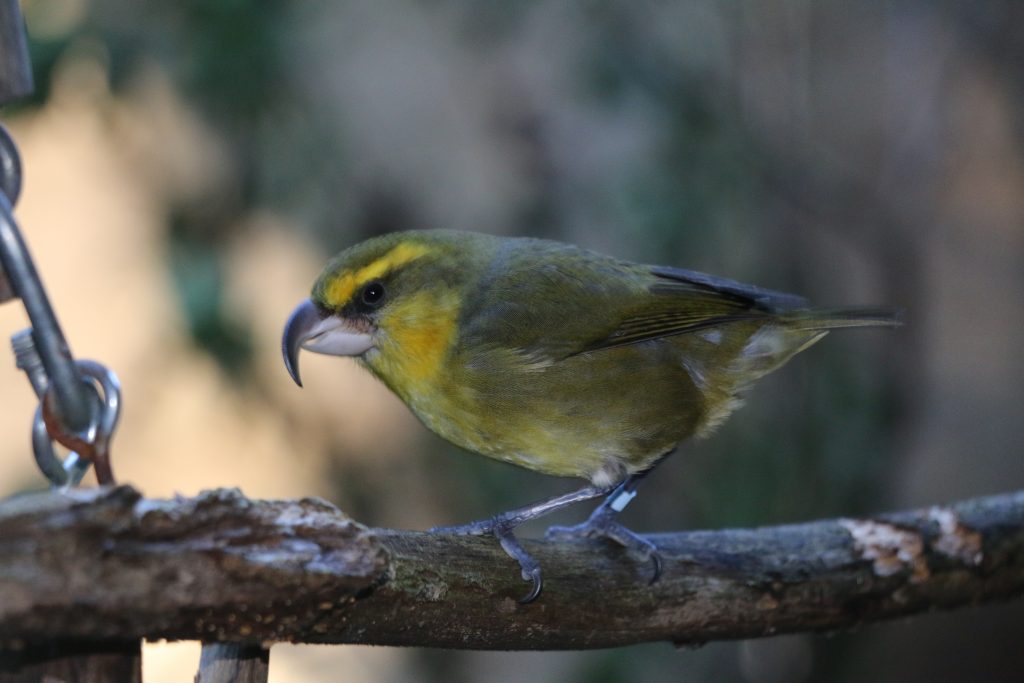
Photographs – Kiwikiu at Maui Bird Conservation Center. Photo courtesy: Hawai’i DLNR.
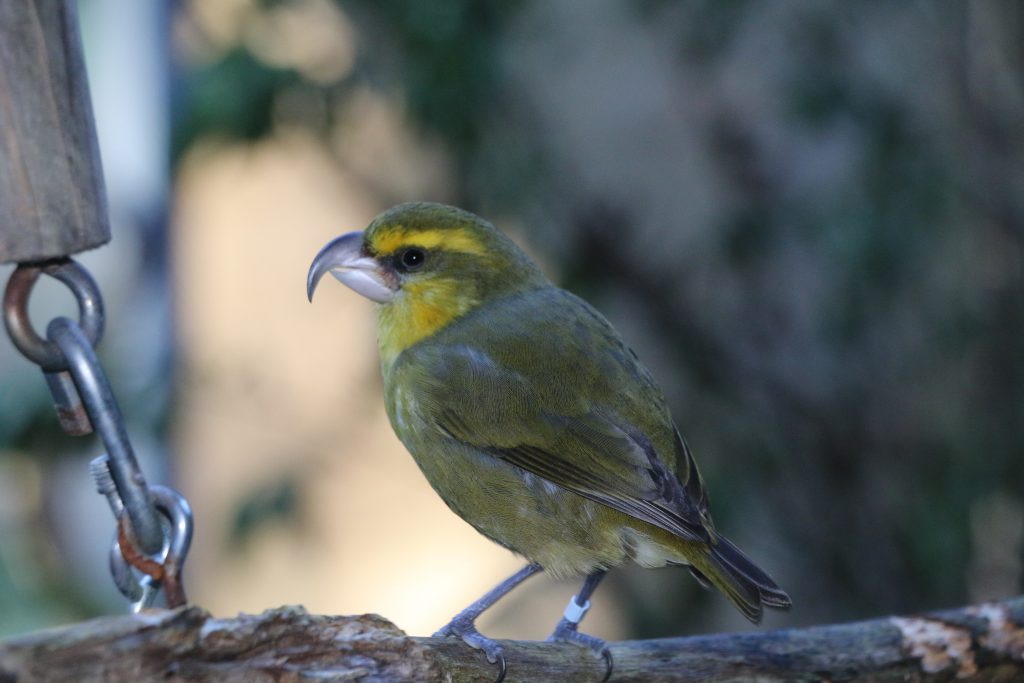
Photographs – Kiwikiu at Maui Bird Conservation Center. Photo courtesy: Hawai’i DLNR.
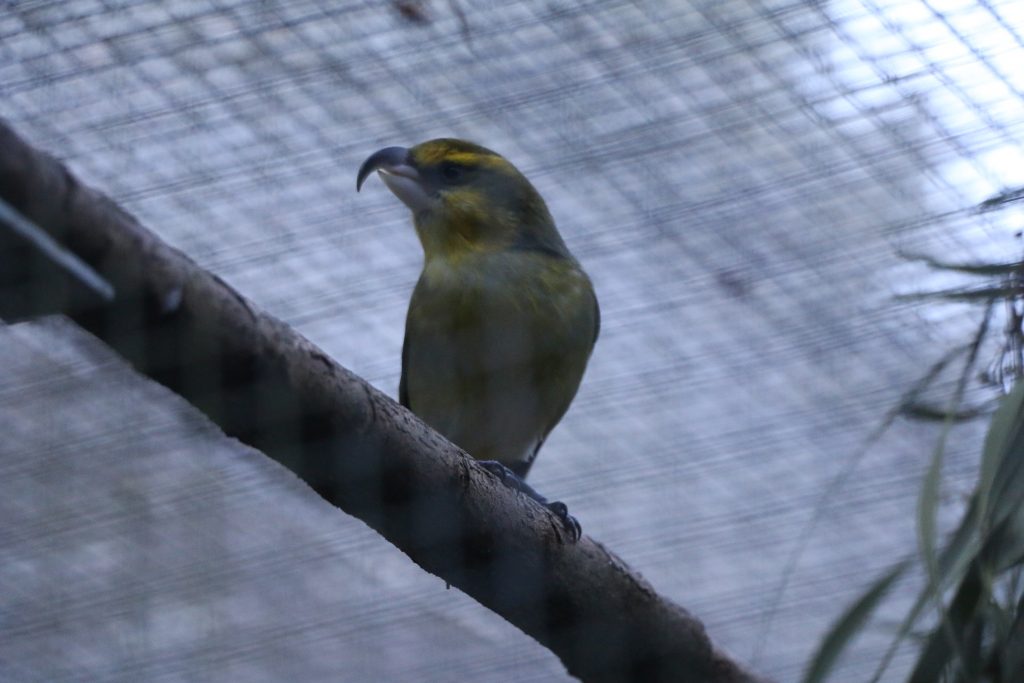
Photographs – Kiwikiu at Maui Bird Conservation Center. Photo courtesy: Hawai’i DLNR.
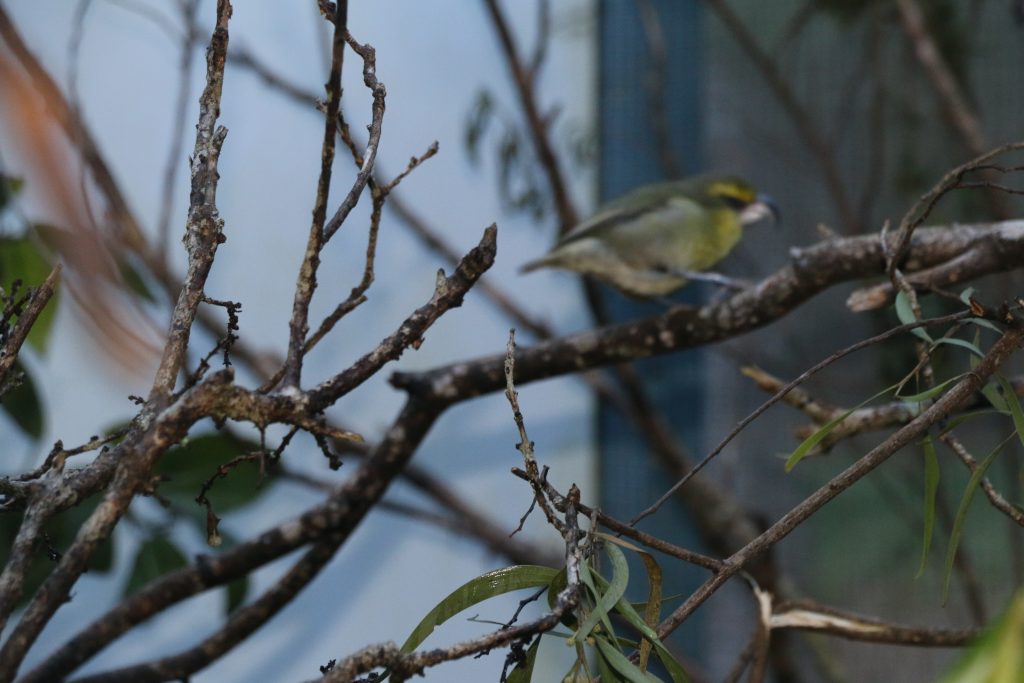
Photographs – Kiwikiu at Maui Bird Conservation Center. Photo courtesy: Hawai’i DLNR.









